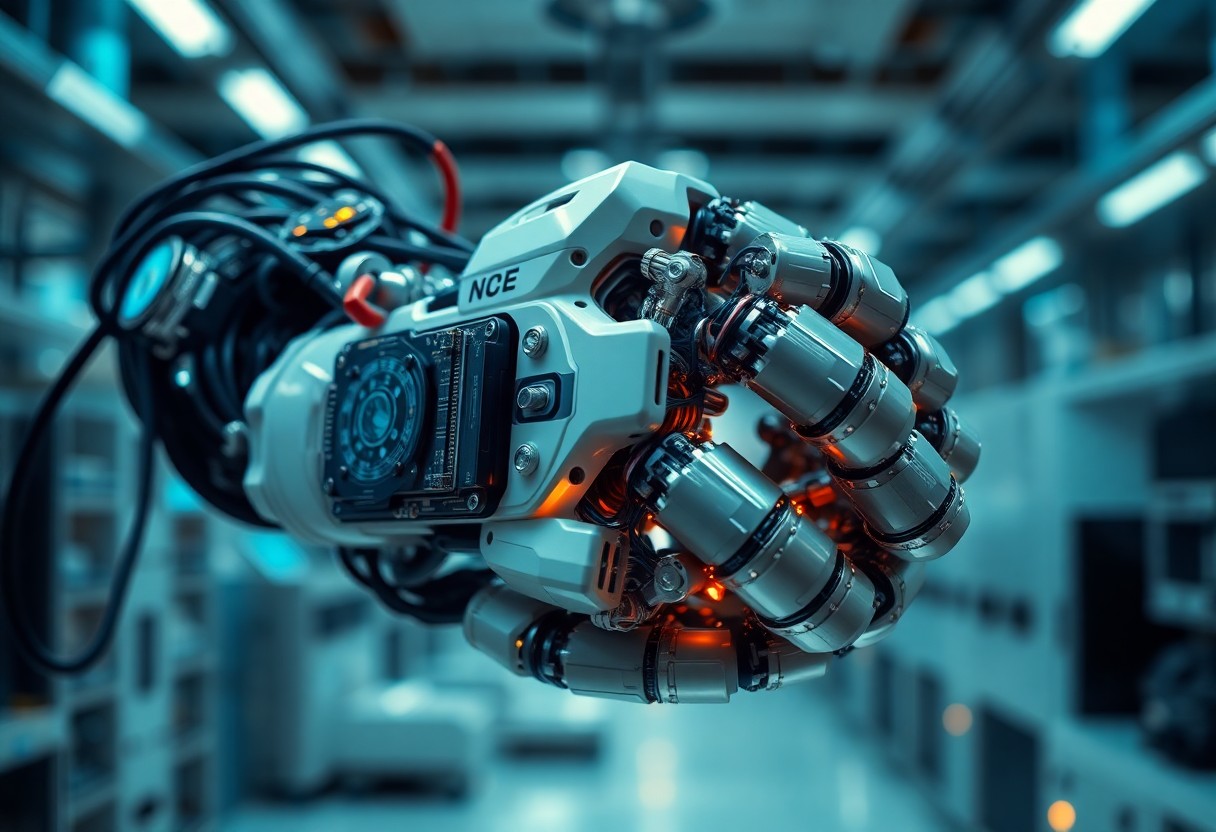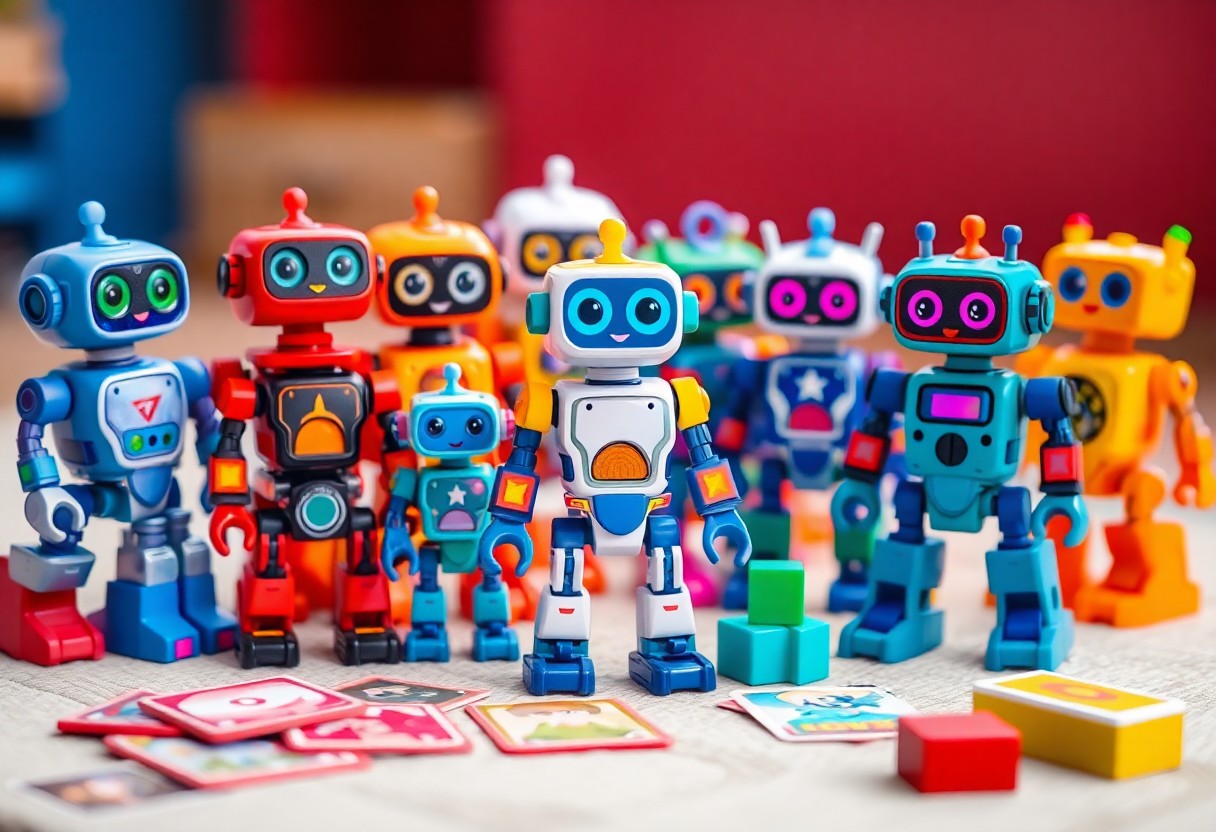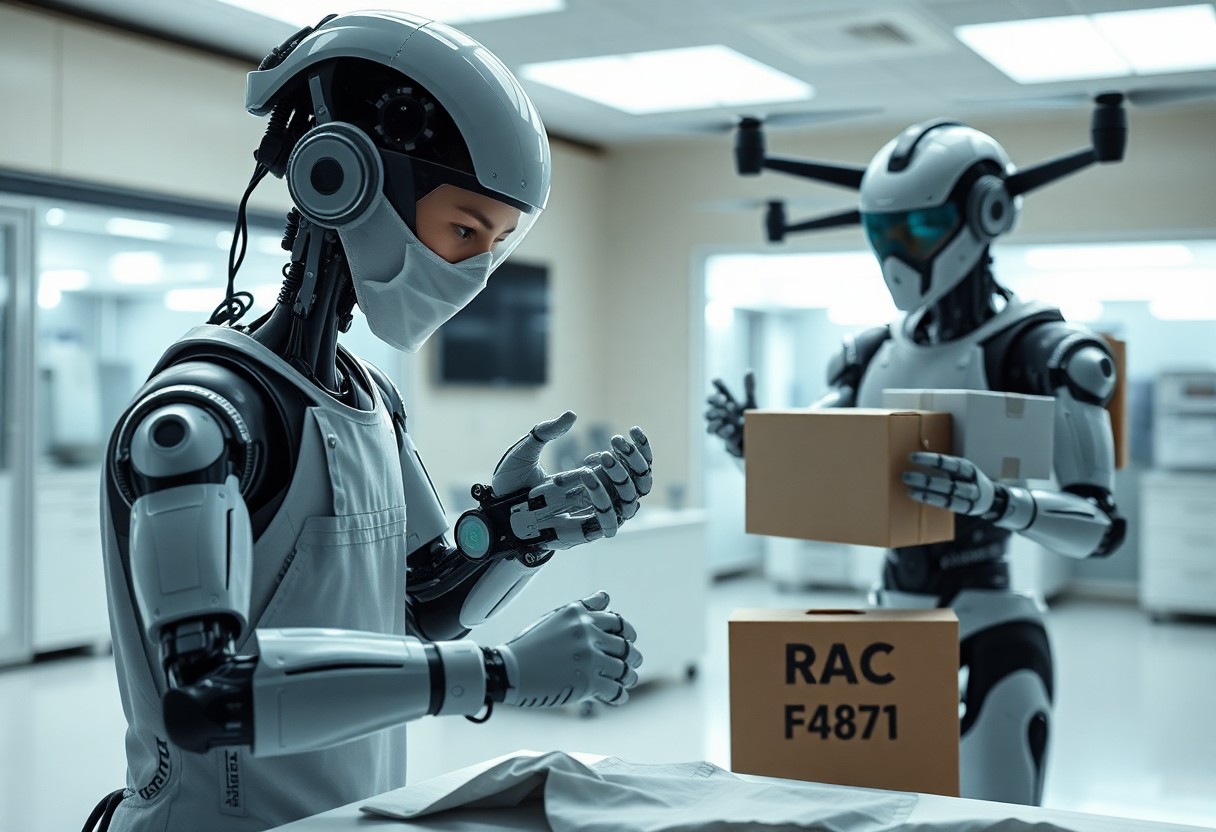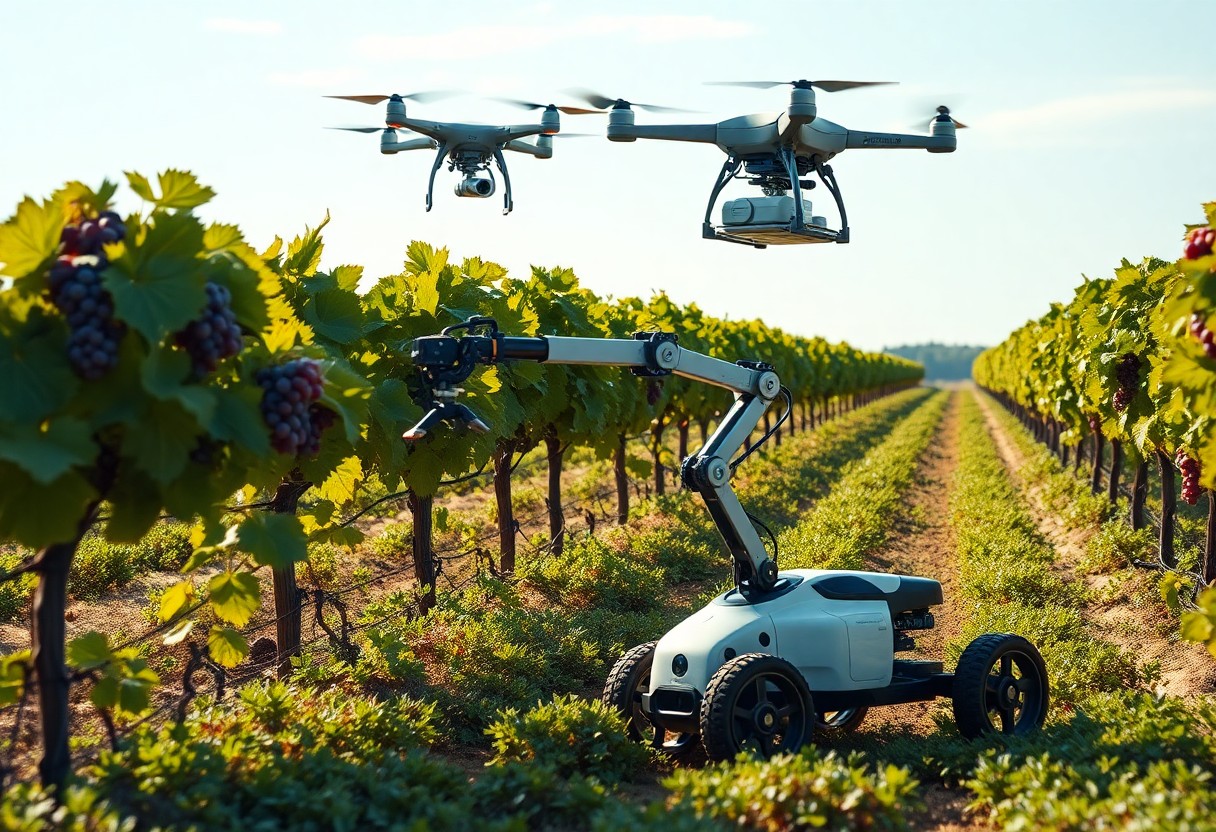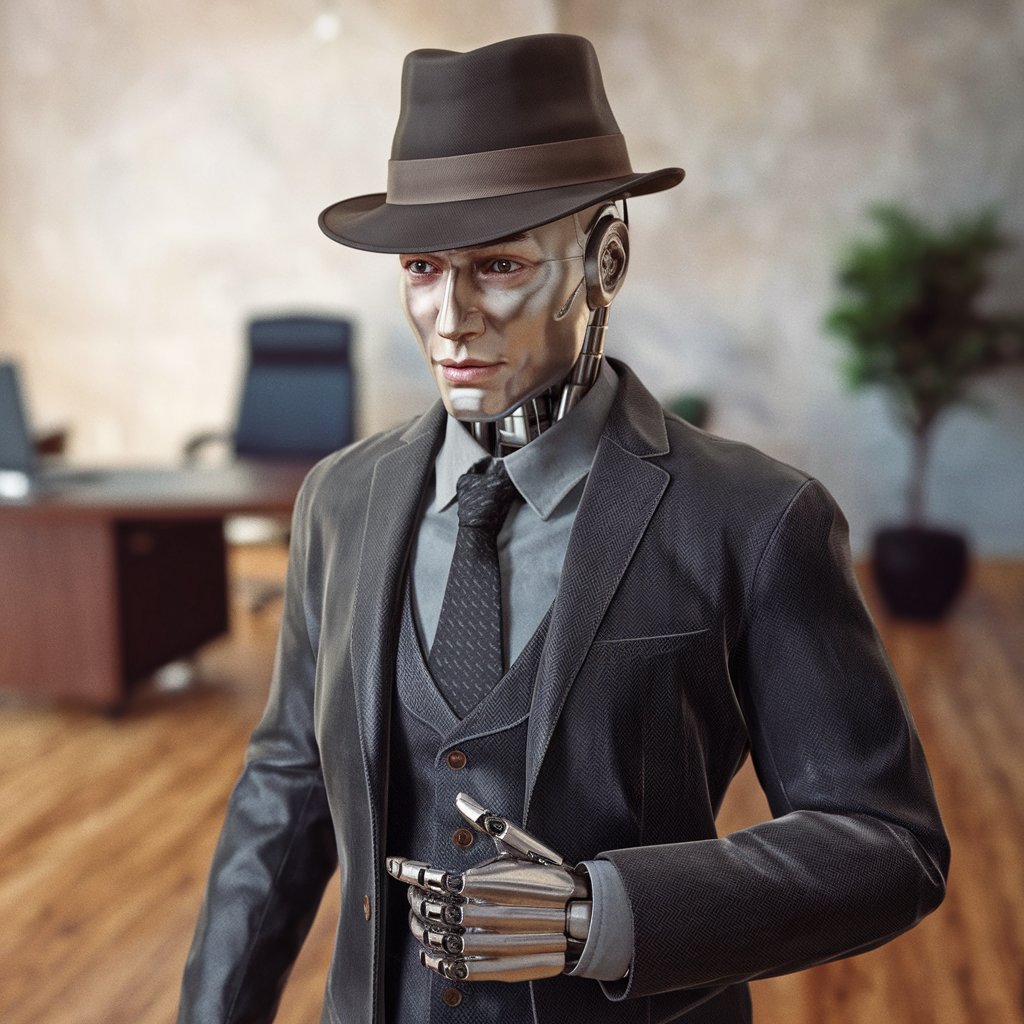Robotics encompasses a fascinating interplay of technology that transforms ideas into functional machines. As you research into robotics, it becomes necessary to understand how sensors and actuators work together to bring your robotic systems to life. These components form the backbone of any robotic application, enabling it to perceive the environment and respond effectively to various stimuli. In this post, we will explore how these technical elements function, their importance, and how they can elevate your projects to the next level.
The Backbone of Robotics: Sensor Technology
Robotic systems thrive on the collection and interpretation of environmental data, which is made possible by sensor technology. These devices serve as the eyes and ears of robots, enabling them to perceive their surroundings, gather critical information, and make informed decisions. Without sensors, a robot would be unable to navigate or interact effectively with its environment, highlighting their vital role in robotic architecture.
The Diverse Universe of Sensors
Sensors come in various forms, each designed for specific tasks. From infrared and ultrasonic sensors used in obstacle detection to cameras that enable vision systems, the diversity of sensors allows robots to operate in different conditions. You might encounter tactile sensors for touch feedback, temperature sensors for environmental monitoring, and even GPS receivers for outdoor navigation, showcasing a vast array of technologies that enhance robotic capabilities.
The Role of Data Acquisition in Robotic Functionality
Data acquisition is the vital process through which sensors collect information and relay it to the robot’s control system. This step influences how effectively a robot operates in real-time. Precise and timely data allows for accurate computations and swift reactions, enabling robots to adapt to dynamic environments.
In-depth data acquisition involves not only the collection of measurements but also the processing and interpretation of that information. For instance, a robot equipped with LIDAR sensors can create detailed maps of its surroundings by gathering distance measurements to objects in real time. This data is integrated and transformed into actionable insights, such as identifying obstacles or planning optimal paths. When executed seamlessly, data acquisition ensures that your robotic system behaves predictably and efficiently, which is paramount for applications ranging from automated warehouses to autonomous vehicles.
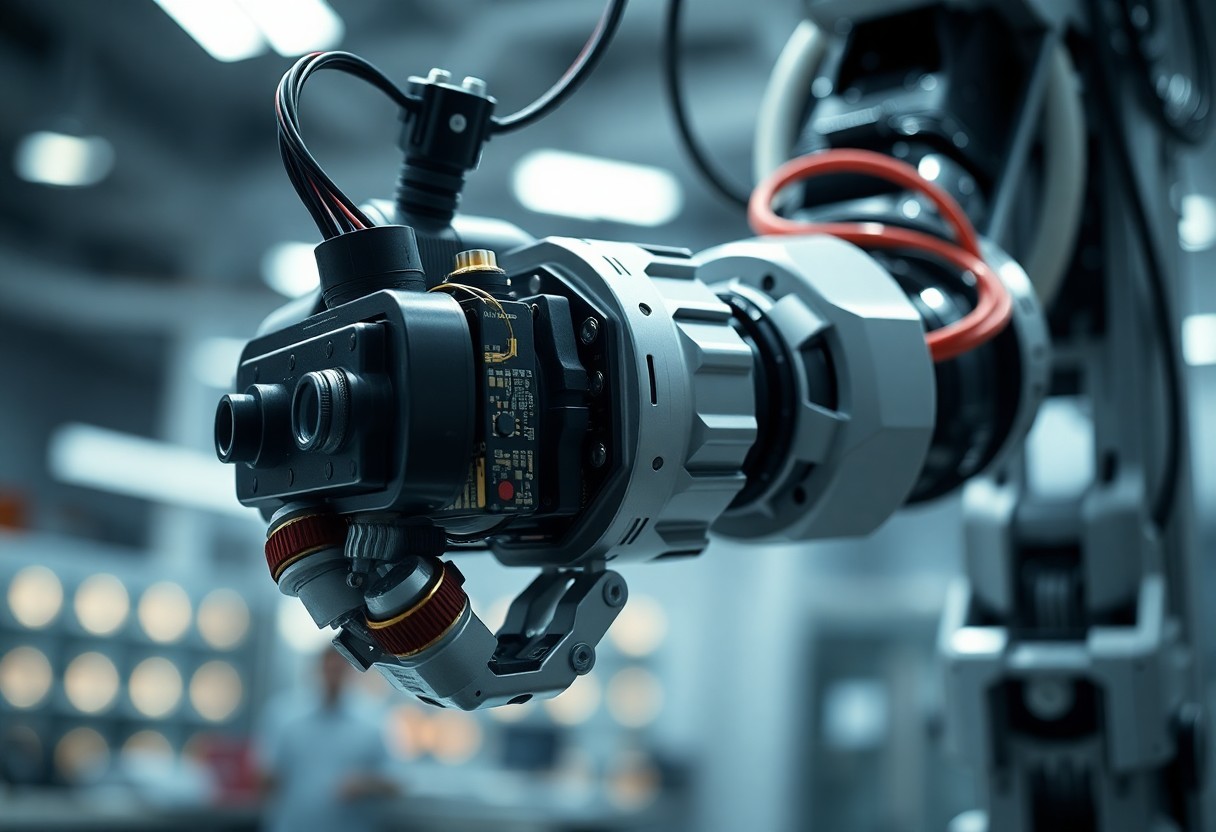
Interpreting the World: Sensor Fusion Techniques
Sensor fusion techniques enhance your robot’s capability to make sense of its surroundings by combining data from multiple sensors. This process not only promotes a more accurate representation of the environment but also mitigates errors from individual sensor readings. Through advanced algorithms, your robotic system can achieve a holistic view, ensuring safety and efficiency in navigation and task execution.
Merging Sensor Inputs for Enhanced Perception
Merging inputs from different sensors allows for improved accuracy and robustness in perception. For example, combining data from LIDAR and cameras can give your robot a better understanding of spatial relationships and object recognition. This multisensory approach helps in creating a comprehensive model of the environment, enabling better obstacle avoidance and navigation.
Algorithms That Enable Smarter Decision Making
Smart algorithms play a vital role in transforming raw sensory data into actionable intelligence. By utilizing techniques like Kalman filtering and Bayesian networks, your robot can analyze uncertainties, predict outcomes, and make informed decisions in real-time. These algorithms continually learn from new data, ensuring that your robot adapts to dynamic environments effectively.
Kalman filtering, for instance, estimates the state of a moving object by weighing its previous position against new readings, allowing your robot to track trajectories accurately. Similarly, decision trees or reinforcement learning algorithms can optimize operational paths based on trial and error, leading to enhanced performance over time. These sophisticated methodologies ensure your robotic system not only reacts promptly but also improves its abilities through experience, which significantly bolsters task efficiency and precision.
From Perception to Action: The Mechanics of Actuators
Your robotic system’s ability to execute commands relies heavily on actuators, which convert input signals into physical movement. To learn more about how sensors work together with actuators, check out Robotic sensors: The interface between robots and the world. Understanding the various types of actuators is imperative for optimizing your robot’s performance and ensuring seamless interactions with its environment.
The Various Types of Actuators in Robotics
Different actuators serve distinct purposes in robotic systems. Here are some key types:
- Electric Motors
- Pneumatic Actuators
- Hydraulic Actuators
- Step Motors
- Servo Motors
Assume that choosing the correct actuator type is fundamental for achieving the desired motion and operational efficiency for your robotics project.
| Type of Actuator | Common Applications |
|---|---|
| Electric Motors | Robotic arms, wheel drives |
| Pneumatic Actuators | Grippers, process automation |
| Hydraulic Actuators | Heavy lifting, industrial machines |
| Step Motors | Precise positioning, 3D printers |
| Servo Motors | Flight simulation, RC vehicles |
How Actuators Translate Commands into Physical Movement
Actuators play a pivotal role in transforming digital commands from your robot’s processing unit into real-world actions. The command signals determine the movement parameters, which actuators then implement to perform tasks. This precise execution is imperative for your robot’s overall functionality, enabling responsive and accurate behavior.
Through a process of signal conversion, actuators take ideas encoded in your robot’s programming and convert them into kinetic energy. For instance, an electric motor receives a voltage signal that dictates speed and direction; it then rotates a wheel or a joint accordingly. This translation is where your robot begins to demonstrate its capabilities, illustrating the direct link between its cognitive programming and mechanical execution. Understanding these mechanisms will help you enhance the responsiveness and efficiency of your robotic systems.
The Synergy of Sensors and Actuators: A Dance of Precision
The collaboration between sensors and actuators forms the backbone of robotic systems, enabling them to perform with remarkable precision and adaptability. Sensors gather critical data from the environment, relaying information such as distance, temperature, or pressure. This data informs actuators, which then act to execute tasks like moving, grasping, or adjusting to changing conditions. The seamless interaction between these components allows robots to navigate complex environments and perform intricate procedures, making it crucial for robotics engineers to optimize their integration for enhanced performance.
The Feedback Loop: Ensuring Continuous Improvement
The feedback loop in robotics plays a vital role in continuous enhancement, ensuring that the information from sensors is effectively used to refine actuator responses. By constantly comparing the desired outcomes with actual performance, you can identify discrepancies and adjust your system accordingly. This dynamic process not only increases efficiency but also enhances the robot’s ability to learn from its environment, paving the way for more intelligent and autonomous operation in the future.
Real-Time Processing and Its Impact on Robotic Performance
Real-time processing is an crucial feature that profoundly influences how effectively robots operate. By instantly analyzing sensor data, robots can make split-second decisions that directly affect their performance in various tasks, from navigating obstacles to executing complex maneuvers.
For instance, in manufacturing environments, real-time processing enables robots to adapt to fluctuations in production speed or changes in material properties without human intervention. This ability not only boosts productivity but also significantly enhances safety. Robots equipped with fast data processors can make quick adjustments when something goes awry, reducing error rates and minimizing downtime. Moreover, advancements in machine learning and artificial intelligence further extend the capabilities of real-time processing, allowing robots to predict future scenarios and optimize their actions accordingly, thereby transforming your robotics applications into sophisticated, autonomous systems.
The Future of Robotics: Innovations on the Horizon
The robotics landscape is evolving rapidly, with advancements poised to reshape industries. Robotics will increasingly integrate artificial intelligence, leading to systems that learn and adapt with minimal human intervention. Your experience with robots will shift dramatically as they become more autonomous and capable, performing complex tasks in environments previously thought too dangerous or unpredictable for machines.
Emerging Sensor and Actuator Technologies
Innovative sensor and actuator technologies are at the forefront of this robotic evolution. For instance, soft robotics is gaining traction with flexible actuators mimicking biological systems, which enhance movement precision and safety. You’ll see sensors utilizing advancements like LiDAR and ultrasonic technologies, providing robots with enhanced spatial awareness and navigational capabilities in diverse situations.
The Philosophical Implications of Advanced Robotics
As robotics makes inroads into everyday life, philosophical debates intensify around autonomy and moral agency. You may ponder questions about the ethics of sentient robots and their role in society. What responsibilities do creators hold, and can actions of robots be moral if they operate independently? The discussions surrounding these issues will impact regulations and public perception, prompting you to engage deeply with the potential repercussions of advanced robotics.
- Ethical considerations in robotic autonomy
- Impact on workforce and employment
- The potential for inequality in access to robotic technologies
- Redefining the concept of consciousness in machines
| Philosophical Topics | Concerns and Considerations |
|---|---|
| Ethical implications of AI decision-making | Who is responsible for a robot’s actions? |
| The blurring lines between human and machine | What defines consciousness? |
| Societal impacts of advanced robotics | Will robots replace jobs or create new opportunities? |
Examining the philosophical implications of advanced robotics reveals deep questions you might not have considered. As robots become integrated into daily life, issues around accountability arise—do they deserve rights or moral consideration? The challenges of defining consciousness push the boundaries of ethics, making you question the moral frameworks that align with the burgeoning intelligence of these machines. Societal attitudes towards robotics will shift, compelling you to explore the relationship between technology and humanity on a deeper level.
- Impact of advanced robotics on society
- Potential for increased inequality
- Moral and ethical considerations
- Challenges in defining machine consciousness
| Key Questions | Implications |
|---|---|
| What happens if robots can think independently? | Change in legal framework |
| Can robots have rights? | Reevaluation of moral paradigms |
Summing up
Ultimately, understanding the journey from sensors to actuators is vital for anyone involved in modern robotics. These technical components act as the backbone of robotic systems, enabling you to gather data from the environment and translate it into actionable movements. As you deepen your knowledge in this field, appreciate how these elements work together to create intelligent machines that can perform complex tasks, enhancing your ability to innovate and design effective robotic solutions.

